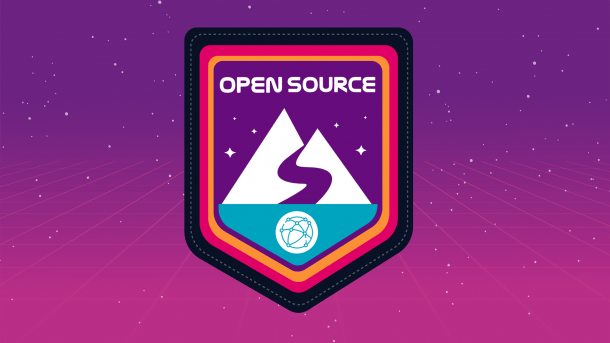SUSE: Updates for Enterprise Linux and SLE Micro
At SUSECon, there were also some announcements for the large Enterprise Linux. However, the lean variants are becoming increasingly important.

(Image: iX)
- Udo Seidel
The SLE family was right at the forefront at SUSECon, with the regular enterprise Linux now receiving Service Pack 6, which includes a new kernel (6.4) and the latest openSSL (3.1). With the special version of SLES for SAP, Trento helps administrators to avoid operational failures. The tool scans the SAP environment and inspects the system configuration in particular: Are there any known "wrong" settings? Have proven "good" configurations been implemented? SUSE also announced that version 16 of the flagship product will be released in the second half of 2025.
With SLE Micro, the support of Full Disk Encryption (FDE) stands out. In addition to the normal kernel, the user can now also select a real-time variant - but only for the x86 architecture. Although SLE Micro 6.0 still supports traditional BIOS, it has been sidelined. As a reminder, this enterprise Linux variant was originally intended as a small and lightweight platform for the container world. Edge was later added as a use case and SUSE AI is brand new.
SUSE at the Edge
Speaking of which: In March, SUSE released version 3.0 of its Edge product- but it was rather quiet. That's a shame, because there was a lot of work going on behind the scenes. At SUSECon 2023, Keith Basil, head of the business unit, was unable to say much, but it is now clear that a key element is the Edge Image Builder (EIB). It allows the creation of highly customized yet fully bootable operating system images. This allows edge devices to be delivered virtually turnkey. The most difficult part is the network configuration. In an interview with iX, Keith Basil explained that this is extremely complex and varied, especially in the area of telecommunications providers. Scaling up to several hundred IP addresses per network interface is even one of the smallest problems. The substructure is again SLE Micro - albeit still in the previous version 5.5. The changeover to 6.0 is to take place with the next release of SUSE Edge.
The second important component is called SUSE Edge Stack Validation, an automatic and constantly running check of the SUSE Edge components including configuration - as a complete construct or just subsets. This is intended to ensure that the user can install and manage the product without any problems. Of course, this assumes that the recommended settings and configurations from SUSE are used.
Next year, SUSECon will return to full normality. After two years in Germany and before the pandemic, the 2025 conference is traveling internationally again. It is even returning to the location of the very first SUSECon ever: If you want to be there, you should travel to Orlando/USA from March 10 to 14, 2025.
(olb)